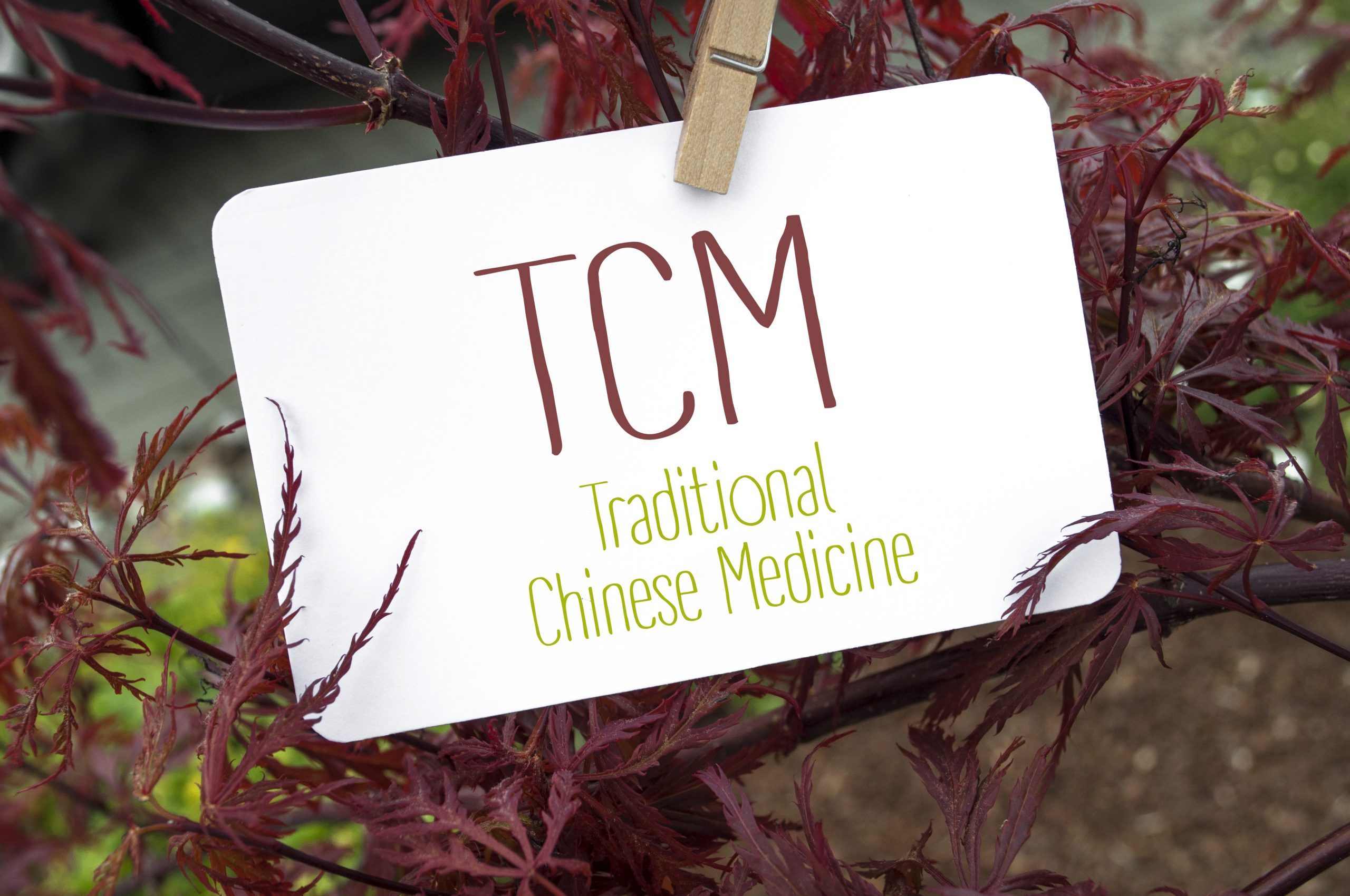
What Is Traditional Chinese Medicine (TCM)?
TCM is a whole-body system of medicine based on natural law. It’s a timeless practice that can initiate and support change and growth in any and every life dimension: physical, mental, emotional, and spiritual.
You are one with the universe – the principles of balance that apply to nature apply to you as well.
It is only when we become out of balance when we experience health & wellness issues. Therefore, each TCM principle, theory and healing practice reflects and harmonizes with the relationships that exist within natural law. The goal of TCM is to restore balance and let nature do its work!
Everything Is Energy
Fundamental to understanding TCM is understanding the concept of Qi (or “chi”). Qi is the energy or life force within you and all around you. It’s all energy – everything is energy! Physics has confirmed that the building blocks of life come down to invisible particles made of energy.
Understanding Qi
Because everything is energy, Qi is at the heart of TCM. The Chinese both observed and experienced how Qi moves and functions in the body and throughout nature for thousands of years, thereby developing a deep understanding of Qi. This deep understanding of Qi is precisely what makes TCM a profoundly accurate and effective healing system.

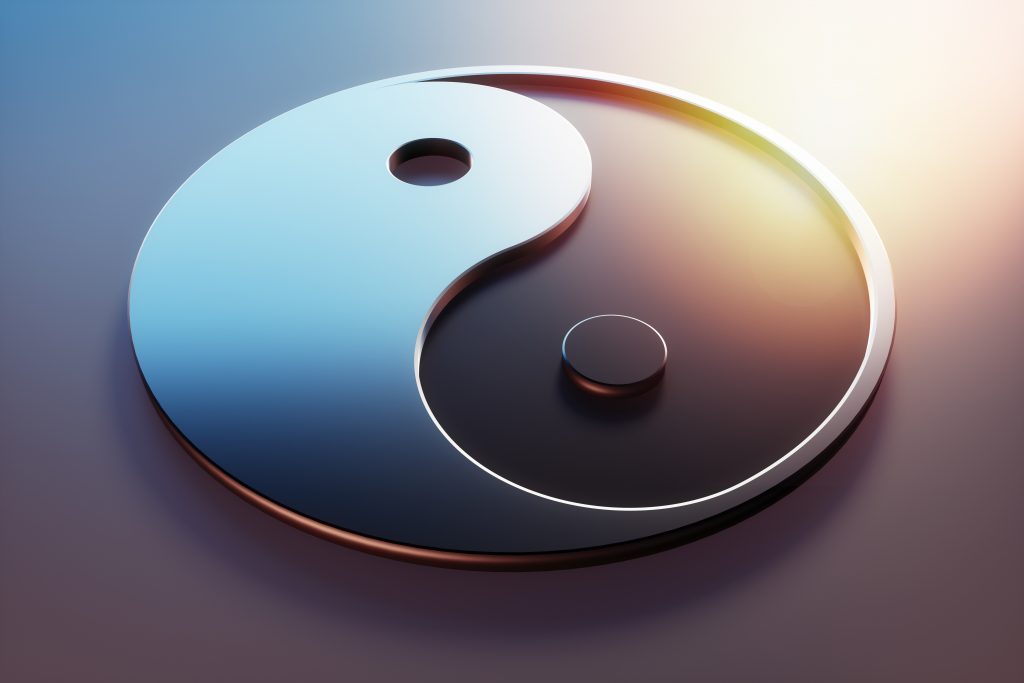

Yin Yang Theory
Yin and Yang was first referenced in the the I Ching in (The Book of Changes) in 770 B.C.E.
Yin (black) and Yang (White) are opposites yet are interdependent. The Yin-Yang symbol shows Yin can transform or flow into Yang and Yang into Yin because there is a little dot of the opposite in each of the black and white parts of the symbol. This is to depict that Yin and Yang are always flowing; their Qi is never static.
This means there’s a dynamic flow happening that automatically and continuously balances and rebalances these energies. In the natural world this phenomenon is seen in the changing of the seasons: the cold of winter yields to the warmth of spring and summer heat, and then gradually turns cool in fall to become winter once again.
Everything in your life just flows and moves seamlessly—in harmony. Your body, mind, emotions, and spirit can adjust and readjust to the circumstances in your life. This is precisely the state TCM seeks to create – balance.
Yin – Cooling, night time (6PM-6AM), female energy, restful, dark, quiet…
Yang – Hot, daytime (6AM – 6PM), male energy, active, light, energetic…
Understanding Yin allows you to understand Yang – they are inseparable!

5 Elements Theory
The Five Elements are a comprehensive template that organizes all natural phenomena into five master groups or patterns in nature. Each of the five groups – Wood, Fire, Earth, Metal, and Water – include categories such as a climate, a season, a direction, an internal organ, a body tissue, an emotion, an aspect of the soul, a taste, a colour, a sound and more.
The Five Elements show us how the structures and systems in our bodies are connected to each other; how we are connected to our environment and the natural world; how our world is part of the greater universe.
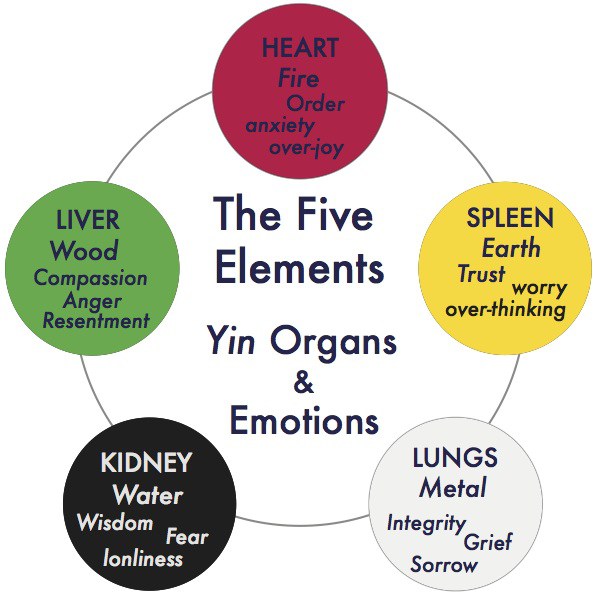
5 Major Organs (Zang Fu) Theory
The Zang Fu organ theory covers all organs in the human body. There are five Zang organs and six Fu organs. Zang organs include the heart, lungs, kidneys, liver, and spleen.
While Fu organs include the gallbladder, large intestine, small intestine, urinary bladder, and the san jiao (the triple burner system).
They Five Zang Organs are:
- Heart: Responsible for storing Shen. The Heart governs blood and the meridians. Emotionally, it controls joy and is associated with anxiety.
- Spleen: The Spleen is one of the most dynamic organs. It is responsible for the transformation and transportation of essential Qi and blood from nutrition and water. Physically, it governs the limbs. Emotionally, it controls overthinking & worry.
- Lung: The primary function of the lung is obtaining Qi from the air we breathe. Physically, it governs the skin and hair. Emotionally, it controls sadness & grief.
- Kidney: The kidney is a dynamic organ. It’s energy feeds the other organs and much of that is obtained during conception. The Kidneys play a major part in development and growth. Physically, it is responsible for producing marrow. It is associated with fear and shock.
- Liver: The primary function of the liver is to ensure that Qi can flow freely through the meridians. It also stores blood and maintains the tendons. It is associated with anger, irritability & frustration.
Zang Fu organs and other essential components like Qi and blood make up the body and its vitality. It is possible to pinpoint the root cause of disease through observation and analysis of external signs manifested by zang-fu organs.

Meridian Theory
The meridians are pathways, or channels, through which Qi flows in the body. There are twelve major meridians in the body which each link to a specific organ. In addition, there are eight extraordinary meridians that use points from the regular meridians.
Meridians integrate throughout the body connecting with each other along the way; therefore the whole body is interconnected.
This is why damage, disease, or dysfunction to one part of the body will then inevitably affect the system as a whole. Disease or dysfunction create blockages and disruptions of Qi flow within the meridian pathways. Because of meridian integration, the disrupting Qi in one meridian may affect other meridians including their associated organs and emotions.


Acupuncture
Single use acupuncture needles are made of made of very thin stainless steel and are used to manipulate energy within the body, relieving energy blockages and regulating the flow of Qi. There are more than 360 acupuncture points on the body and most are associated with a specific organ, meaning they can influence the functions of that organ.
Additionally, each acupuncture point has specific characteristics – some points clear heat, some points move blood and Qi, some points nourish Qi and blood, some points resolve dampness/phlegm… You get the idea. Acupuncture is said to be both an Art and a Science for this very reason – while designing a point prescription an acupuncturist must consider the organs involved as well as the functions of the points. There are endless combinations which makes acupuncture so versatile!
It’s also important to know that effective treatment is not only dependent on the acupuncturist’s skill but whether his or her energy frequency can match yours. Acupuncture is both physical and intentional!


Cupping Therapy
The goal of cupping therapy is to disperse and break up stagnation and congestion in the body by drawing congested blood, energy or body fluid to the surface. This encourages circulation and removes old stagnant blood. Cups placed over acupuncture points further activate the functions of the points.
In addition to stationary cups, an acupuncturist may also perform sliding cupping to further facilitate circulation.
Cupping is very often useful in the early stages of cold/flu to expel that pathogens trying to set into the body as well as with muscle tightness and resolving facial adhesions.
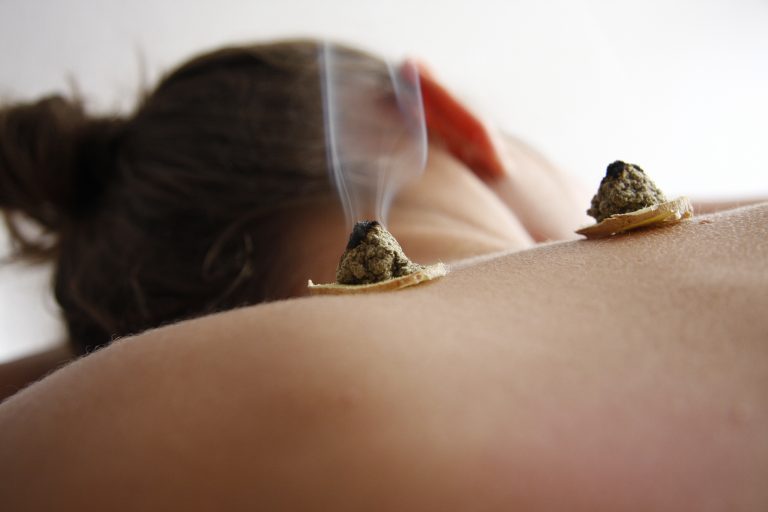

Moxibustion
Moxibustion, or “Moxa” for short, is the burning of the herb Mugwort, also known as artemesia vulgaris over an acupuncture point or area of the body. The purpose is to invigorate circulation using heat and the thermal principles of the mugwort and to dispel pathogens. There are several methods of administering moxa:
- Direct moxa – a cigar shaped moxa stick
- Moxa on the needle – a small moxa roll placed directly on a needle to influence that specific acupuncture point
- Moxa cones – loose moxa formed into cones and placed directly on the body or on top of ginger slices
- Moxa box – one or more moxa sticks held in a box and placed over an are such as the low back or abdomen
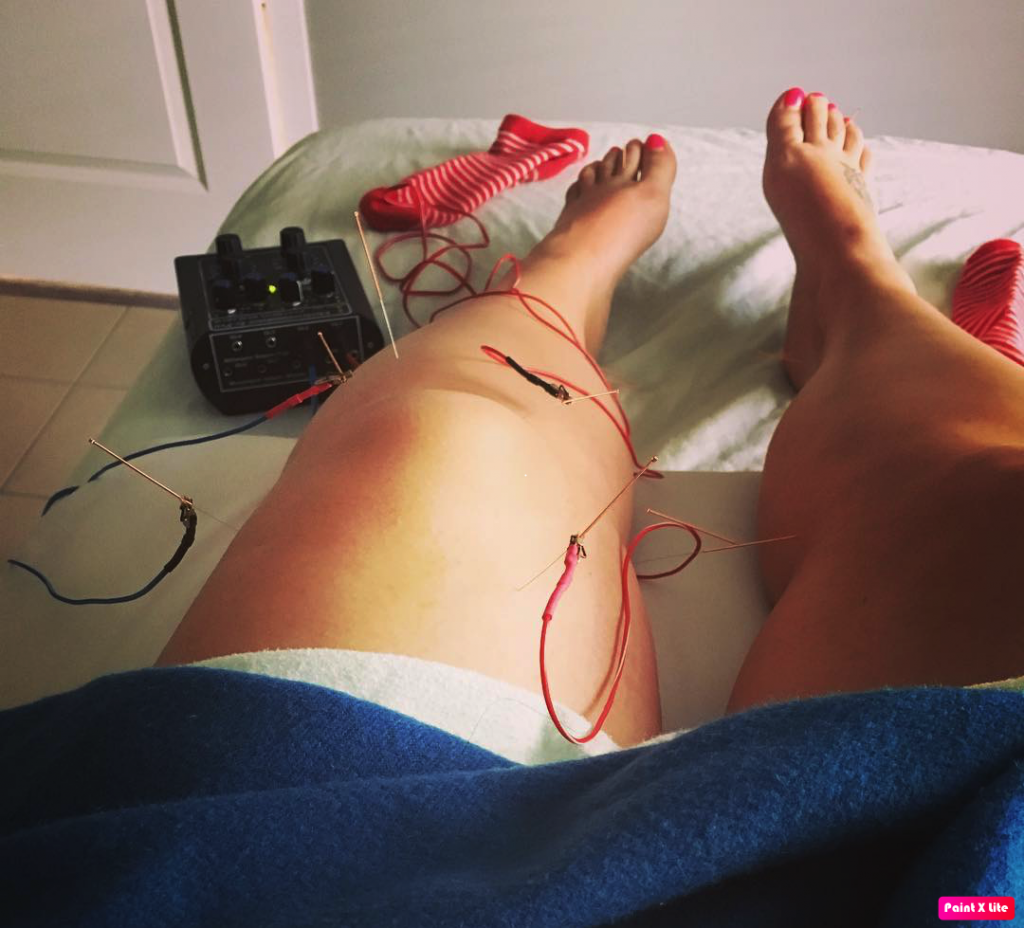
Electro-Acupuncture
Electro-acupuncture is a modern method of strongly stimulating acupuncture points with the addition of an electric current to an acupuncture point. Previous to this invention, an acupuncturist would be responsible to strongly stimulate the acupuncture needle with specific techniques. This is especially useful for neurological diseases, chronic pain, spasms and paralysis.
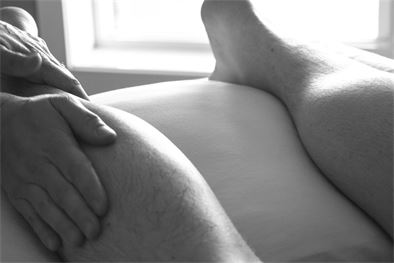
Tui Na Massage
Tui Na Massage (Chinese: Tui = push; Na = grab) dates back even further than acupuncture. Tui Na also promotes circulation and releases blockages in the Qi flow within the meridians of the body. Tui Na works to balance the yin and yang and strengthen the immune system.
Where regular massage is relaxing, Tui Na stimulates the Qi flow within the meridians and will be energizing.

Qigong
The life-force or Qi that animates everything in the universe and your body is the very essence of Qigong. Qigong is not physical exercise but a series of movements and postures that can create many physical healing benefits as it works in your body at the level of energy, or Qi.
Literally meaning “energy work,” Qigong breaks down energy blockages and promotes the free flow of Qi throughout your body’s meridian system. Consistent Qigong practice increases and balances your body’s Qi as it stimulates and nourishes the internal organs, making the energetic communication between them more efficient.


Chinese Herbal Formulas
Over thousands of years, TCM has identified and classified the essential properties of literally thousands of herbs and just how they act on the body-mind-spirit. TCM herbs can contain a wide range of ingredients including dirt, stones, bones, insects, a diverse selection of animal parts, and more commonly, plant parts such as leaves, blossoms, stems, and roots.
This holistic healing system uses herbs in a truly unique way: in combination. In a TCM formula the individual herbs used combine to make a substance that is much more powerful that the sum of the individual parts. In a formula the herbs act together as a team, with each herb performing a specific task within the body, to achieve the objective of the formula as a whole.
TCM herbs can be in capsule form, dried powder form that you make into tea, tiny like pellets known as “tea pills” and actual dried herbs (as in the above image) which you ,must boil down or “decoct” into a tea.
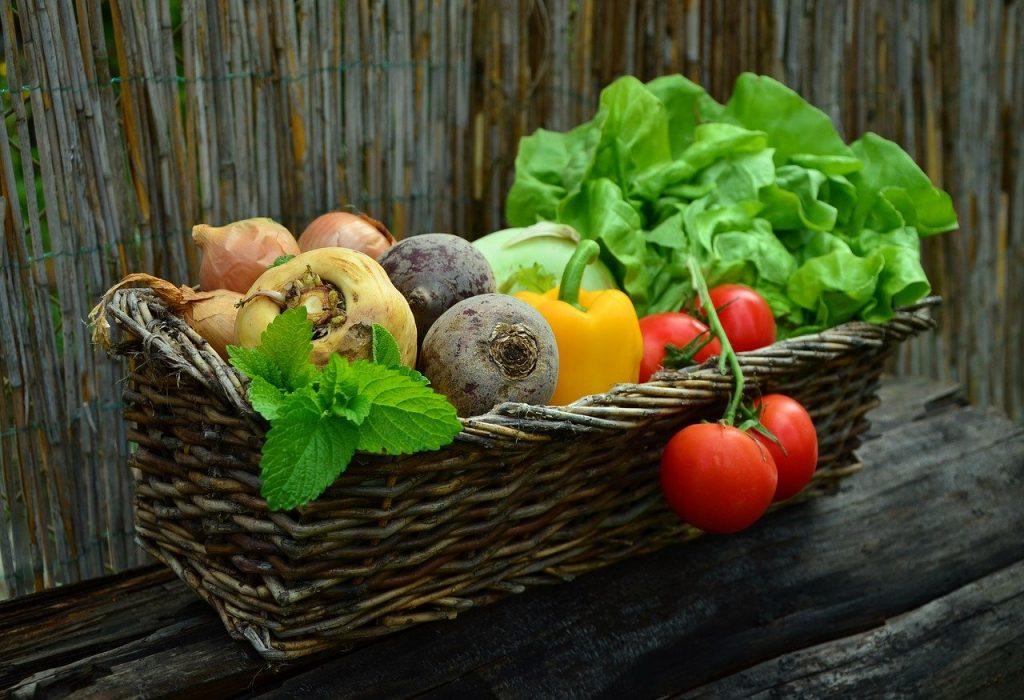

TCM Nutrition
Like Western nutrition, TCM nutrition works to ensure the body is nourished. However, TCM nutritional accounts for the energetic and thermal properties of foods more so than the macro or micronutrients a particular food has.
For example, if you have a “heat condition” (nose bleeds, high blood pressure, feeling hot, night sweats, etc..) you would be wise to choose cooling foods such as cucumber, watermelon, lettuce, coconut water, orange juice, etc to balance this pattern. If you choose hot foods such as hot peppers, coffee, hard alcohol and spicy fried foods, you will only make the “heat condition” worse.
Therefore, you can balance your pattern of disharmony with foods you eat at every meal. Food is medicine!
